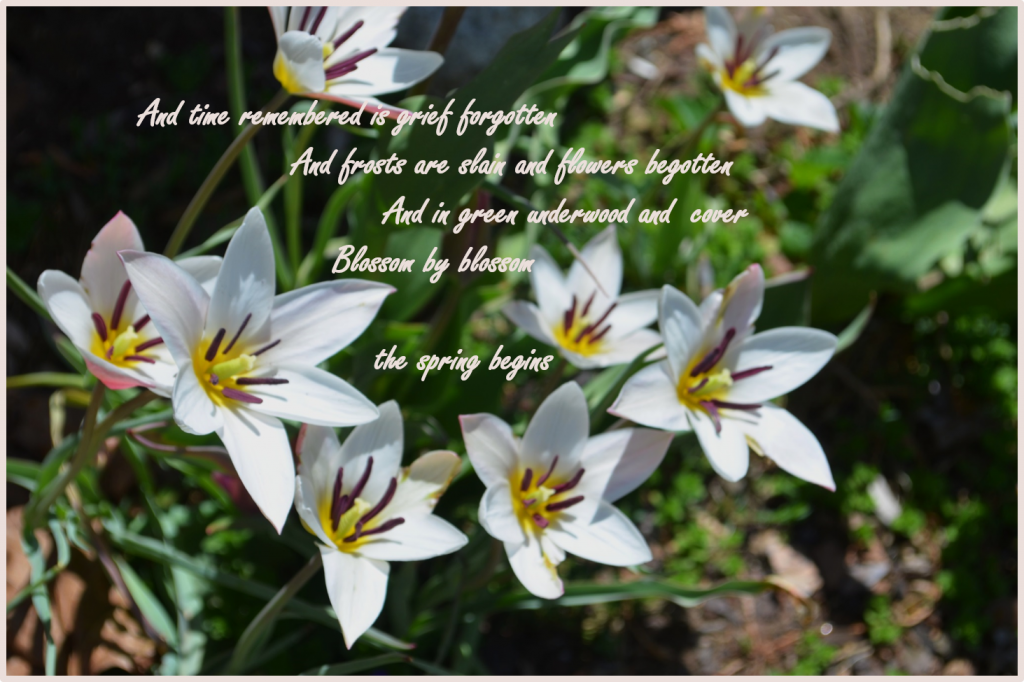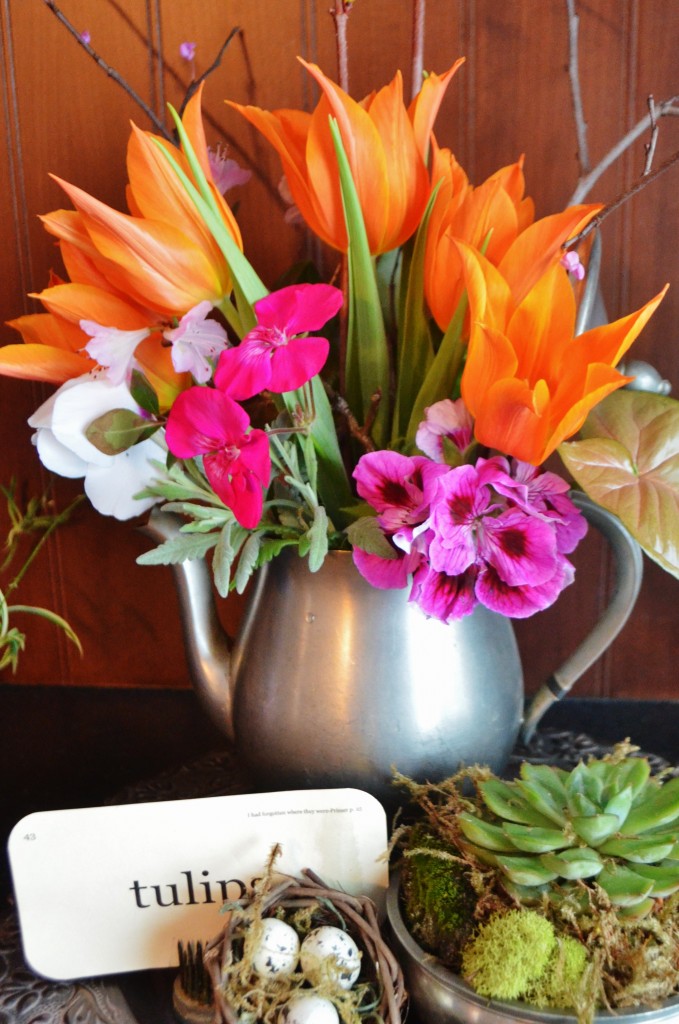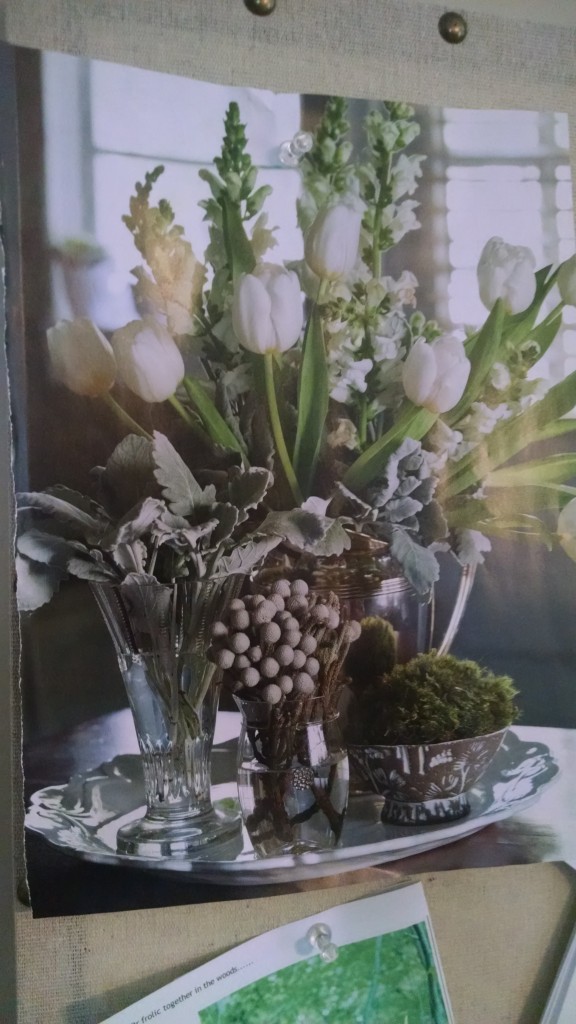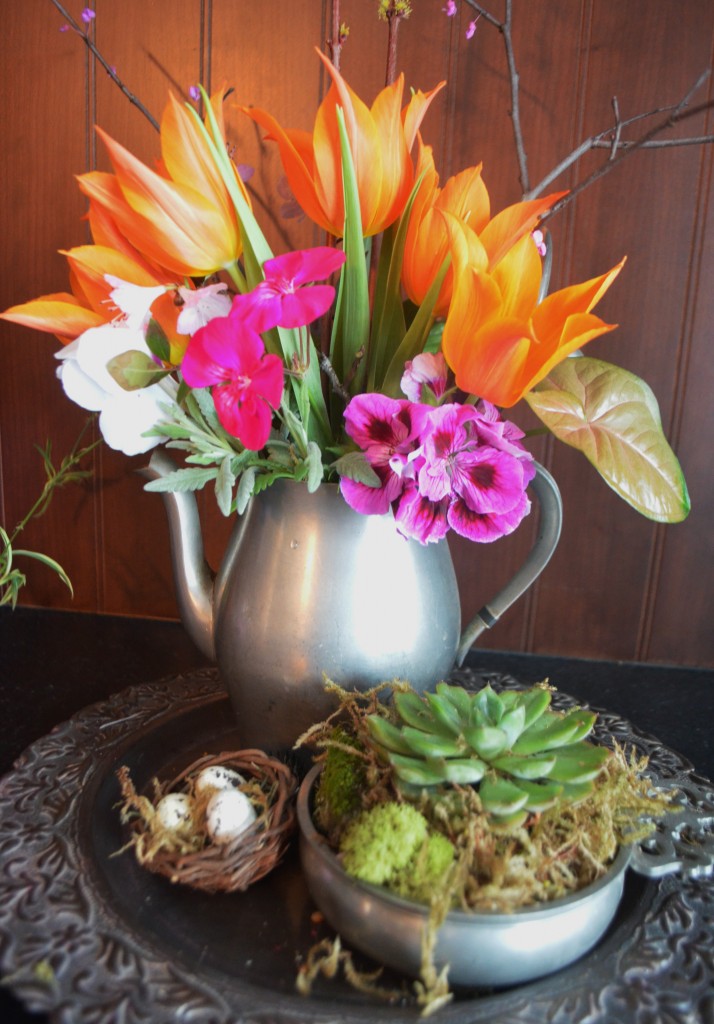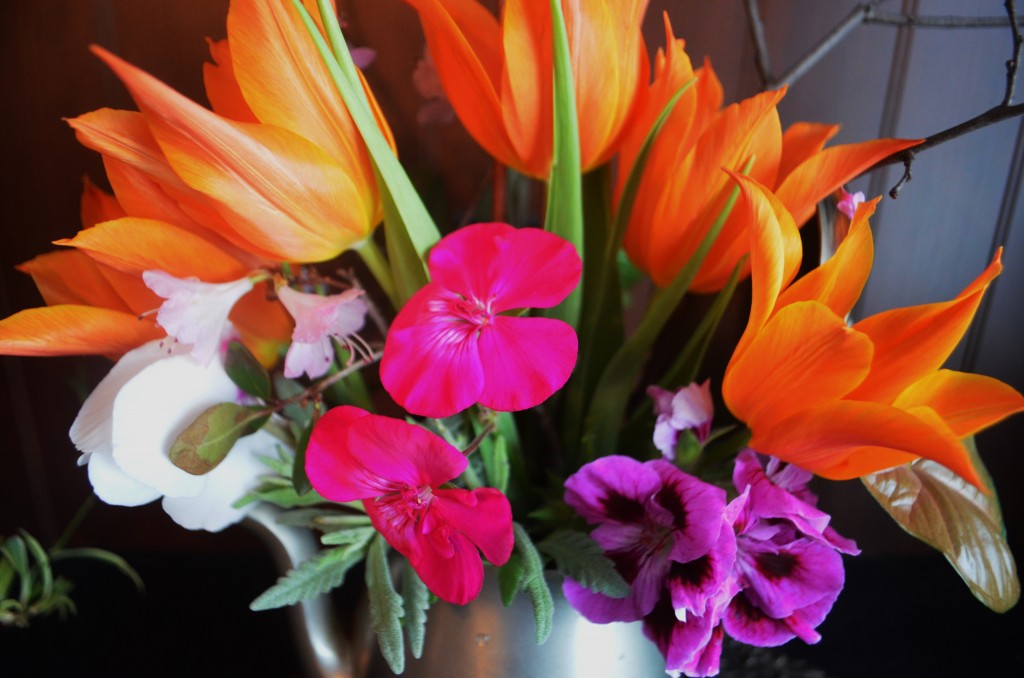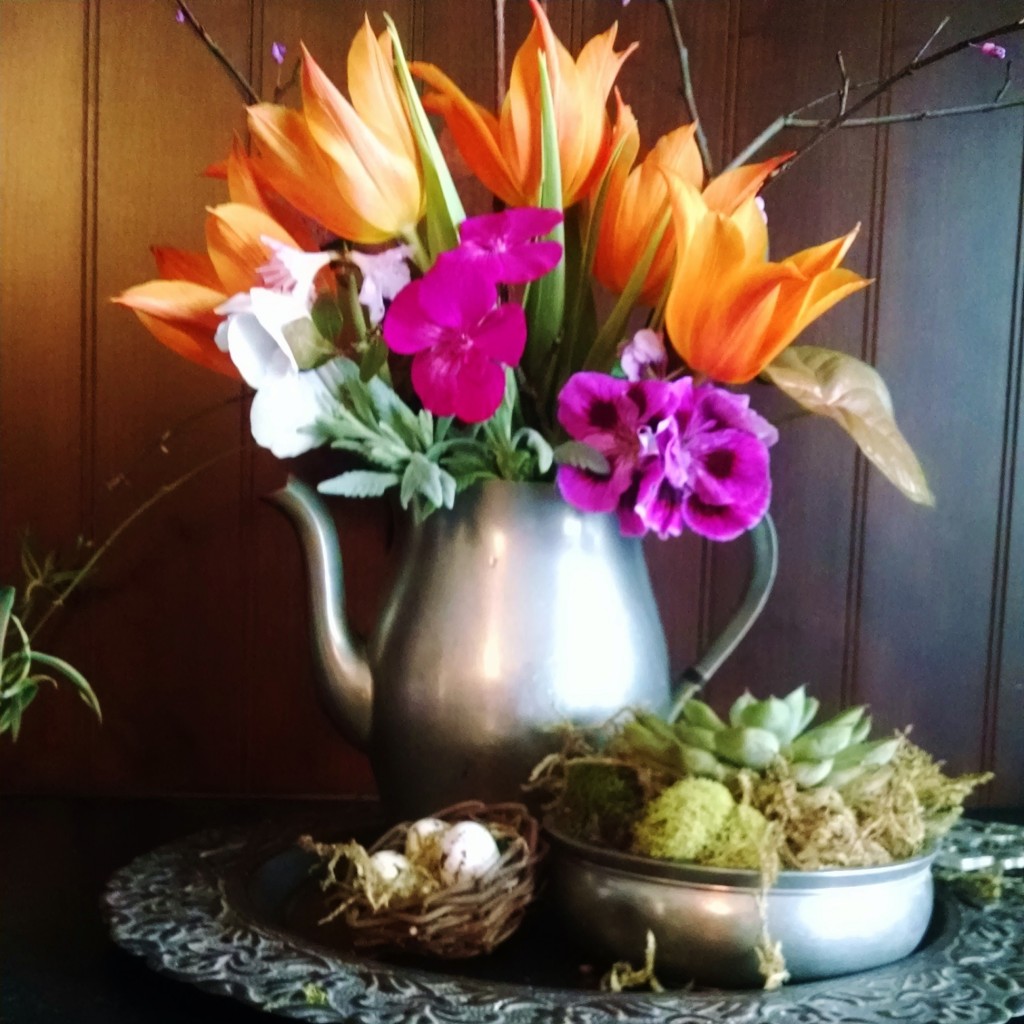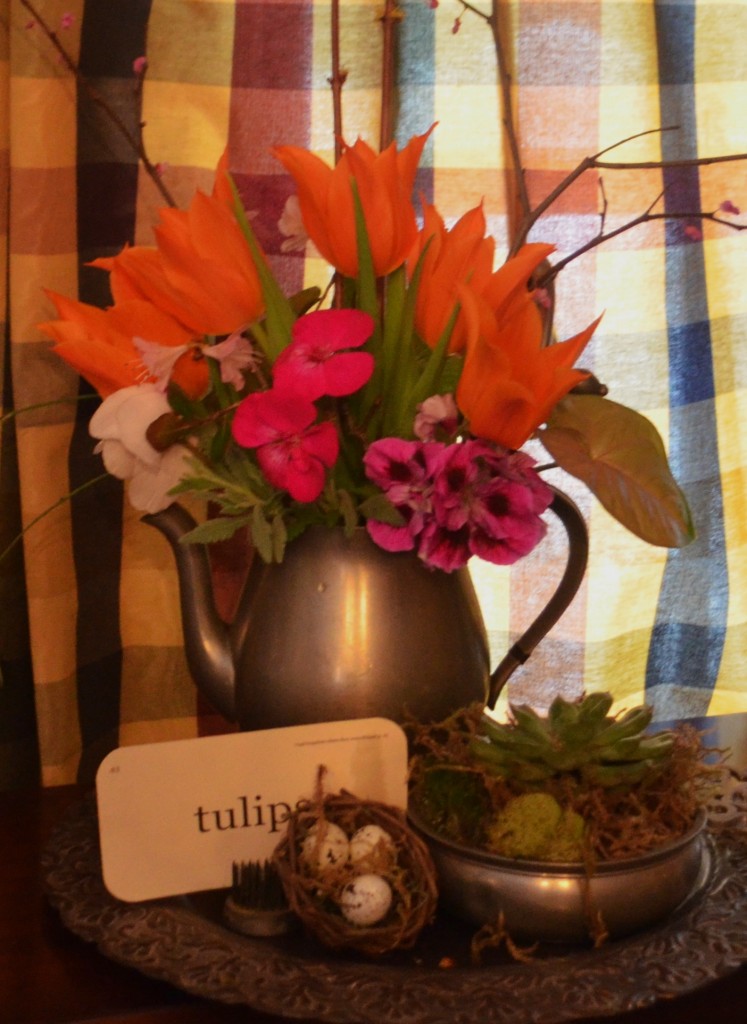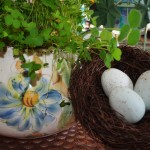Yesterday I went to hear amazing plantsman and small nursery owner , Ed Bowen ,speak at Tower Hill Botanic Garden. Ed taught my propagation class when I took the Master Gardener program and I was ever so eager to be in a classroom with him again . There seem to be so few nursery people around here that focus on what is good for the garden as opposed to what is good for their bottom line, but Opus Plants ( which sells a small inventory online and at a select few Plant fairs ) is one of the greats for finding interesting plants that remind us all why we wanted to garden in the first place.
The title of Ed’s talk was” Practicing the Dark Arts.;Tips and Plants for the Shade Garden”. As you may remember, I have been busy planting a woodland walk out back and adding to another shadier area out front, and I was interested to see what suggestions he had.
T o begin with he made me laugh out loud when telling how he started to prepare his talk by pulling up the presentation he had given before with the title and promptly wondering what kind of rubbish he was trying to sell people and trashed the whole thing to start from scratch. I have done this, many times, in fact almost every time I pull up a presentation , I wonder the same thing and promptly edit, delete and add until I feel it is up to par. Then he went on to say there would be no “list” of plants, he was just going to sort of ramble on about the garden , and why we plant what we plant a,nd talk about a few favorites that we may or may not be familiar with.
One of the most important things he touched on, that I have yet to find an easy way to explain to people, is that many of the plants we grow in shade are there because although they are full sun growers they will TOLERATE shade and still perform. In other words searching for a boatload of interesting plants that are exclusively “Shade Plants” is sort of a pipe dream. Also , for most plants that do want shadier conditions , the key is m0rning sun and afternoon shade, not vice-versa.
Ed hybridizes many different species , always looking for that combination of traits that will make a standout plant , whether it be larger or more colorful foliage, hardiness, or better flowering. He also loves to coerce his friends into buying expensive and or rare plants that are described as being out of our growing zone and then have them report back as to survival. He pointed out to us that many hydrangeas, including the lovely aspera species are often listed as zone 7 or higher, but actually survive here in Zone 5 jusrt fine. Hydrangea aspera subsp. sargentiana has interesting peeling bark and velvety ovate leaves, and certainly piqued my interest.
Some of the plants he mentioned I already grow. I love our native Mayapple Podophyllum peltatum, but the fact that it,like so many of our early spring bloomers , goes dormant during the summer made me refuse to plant it. Holes in the garden = sadness for me. So instead I planted Podophyllum delavayi and P. pleianthun ( Chinese mayapple) . Both retain their foliage , which is strikingly beautiful, all season long. Ed showed us slides of two other asian Mayapple cultvars, ‘Spotty Dotty’ and ‘Galaxy’ that have fascinating foliage that immediatly got added to my list. that is ‘Galaxy’ below, photo from Plant Delights Nursery where they expect to have it in stock in April
I addition to looking for shade tolerant plants, I have to make sure I am looking for rabbit resistant traits as well, like hairy or scented foliage, red leaves,or poisonous to mammals etc. A few species of plants I grow here never get nibbled and salvia is one of them .Ed showed photos of two ,salvia glabrescens ‘Momobana’ ans ‘Shi-ho’that will certainly find a home here. They are among the few plants that actually REQUIRE shade and as an added bonus bloom in October! ( you all know my affinity for late fall bloomers)
Another October bloomer, luecosceptrum stellipilum , which is a Japanese shrubby mint that remains well behaved , unlike it’s brethren who spread to kingdom come. There are many cultivars…’October Moon’ has marvelous variegation and late lavender colored flowers, , but I am fixated on one called ‘Gold Angel’ because I adore chartreuse foliage, especially when it can enliven a shady spot without looking too busy.


Despite his warning, I did indeed come home with a list, and a very long one at that. Some plants I intend to order promptly, some I will save for a future nursery visit to Opus. That was a fabulous way to spend another wintry- spring afternoon here in the New Tundra . If you ever get a chance , please visit the Opus Nursery site, clear your calender to hear Ed Bowen speak, and maybe arrange a time for a visit to his working nursery in Little Compton RI…you will not regret a minute of time you spend learning from him.
P>S. all the photos in the post are from Plant Delights Nursery in North Carolina, another nursery run by an incredible plantsman, Tony Avent. It is not local to me, but too many of my garden dwellers to mention have arrived from his online store and I encourage you to spend some time browsing his online catalog and most definitely sign up to receive all of his newsletters or blog post notifications.
other places you may find interesting plants for the shadier parts of your garden are
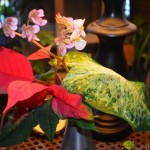
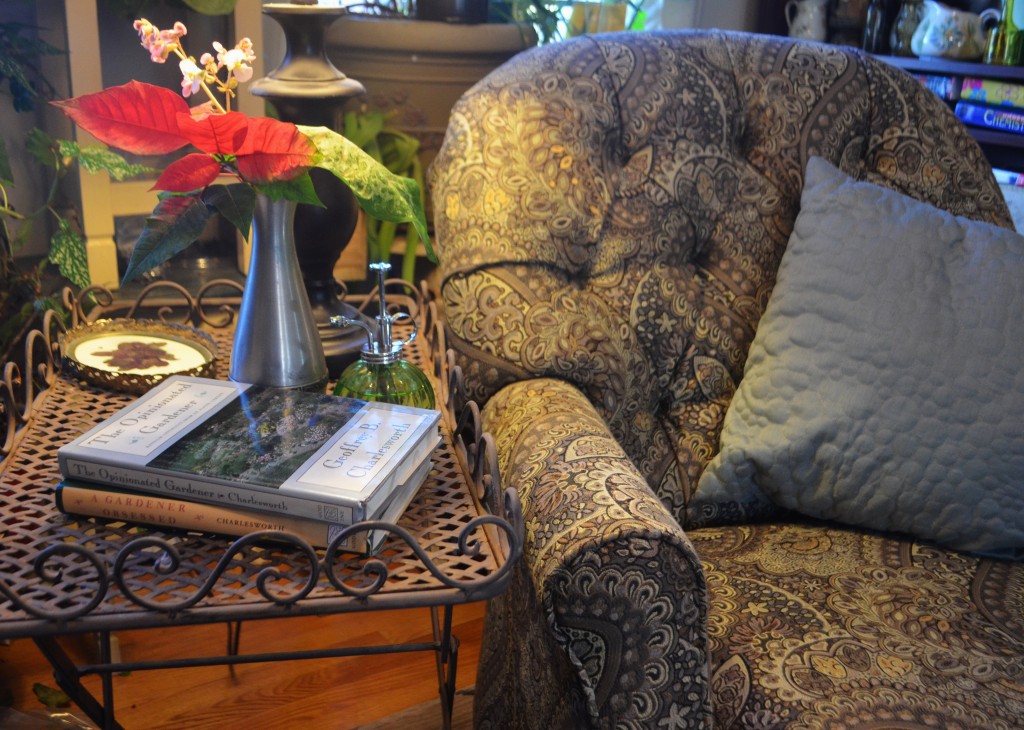

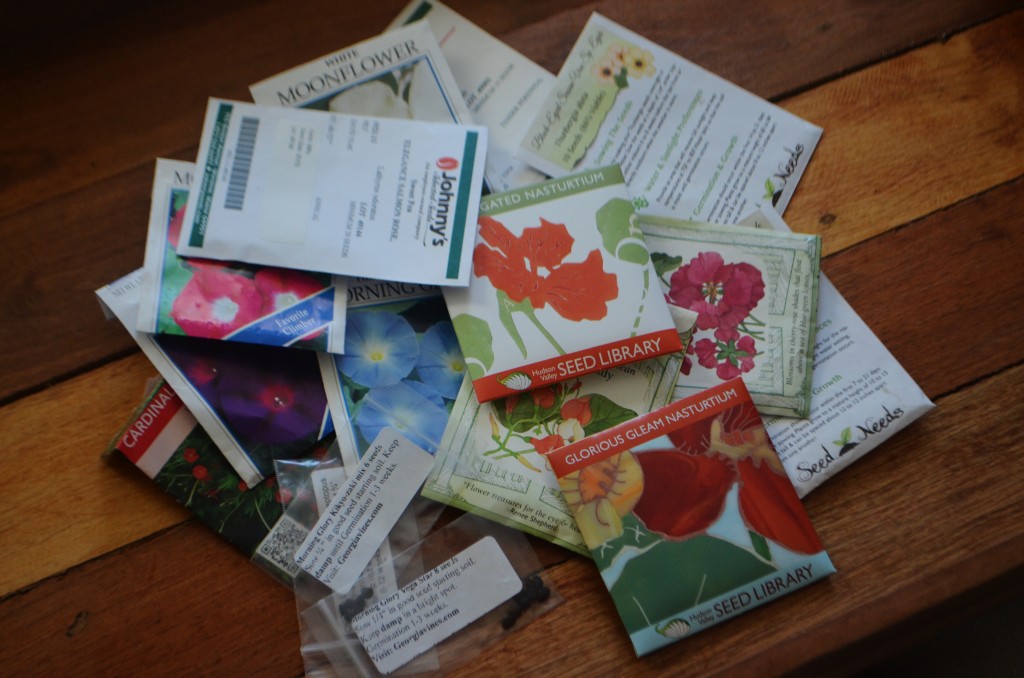
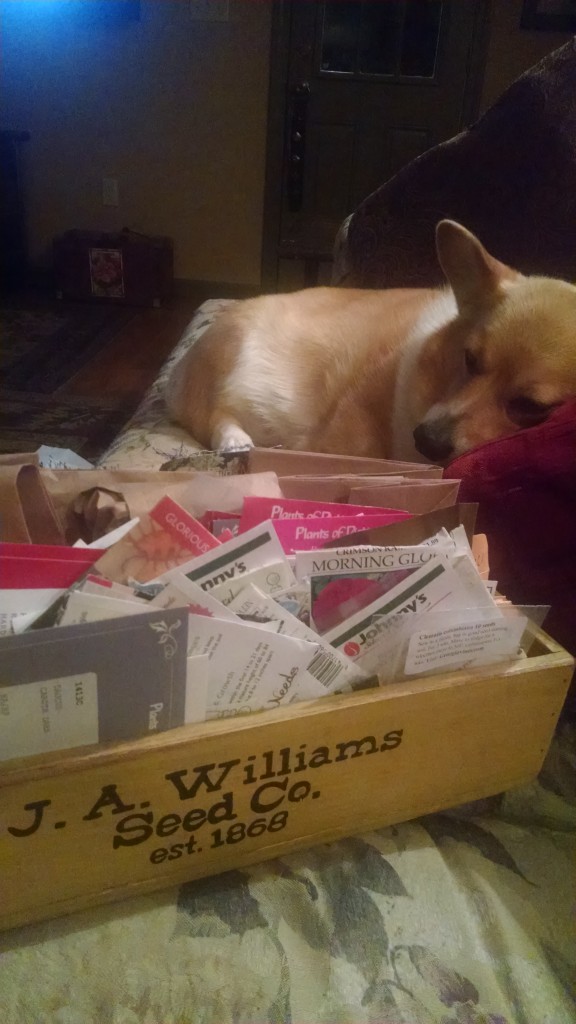
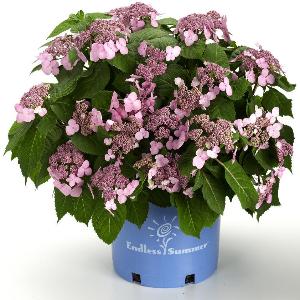


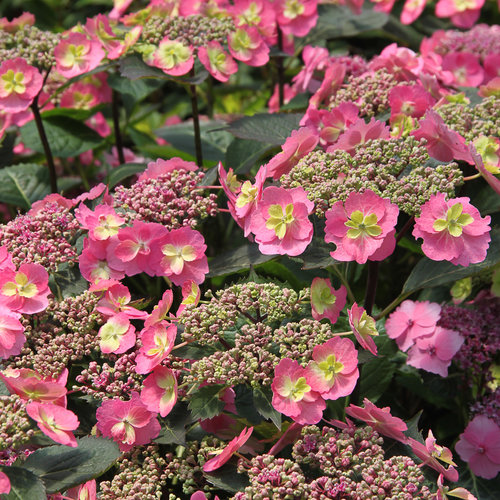
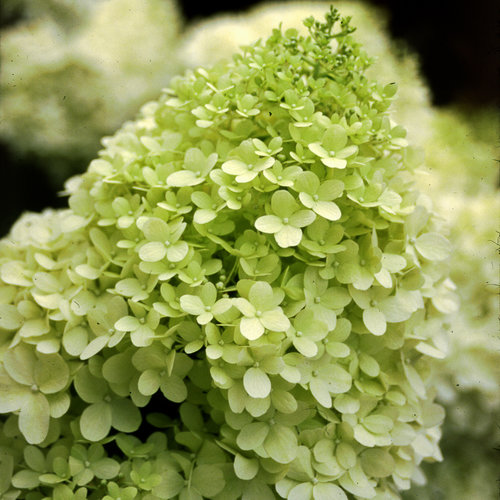
 These are easy to care for and very hardy.
These are easy to care for and very hardy.



